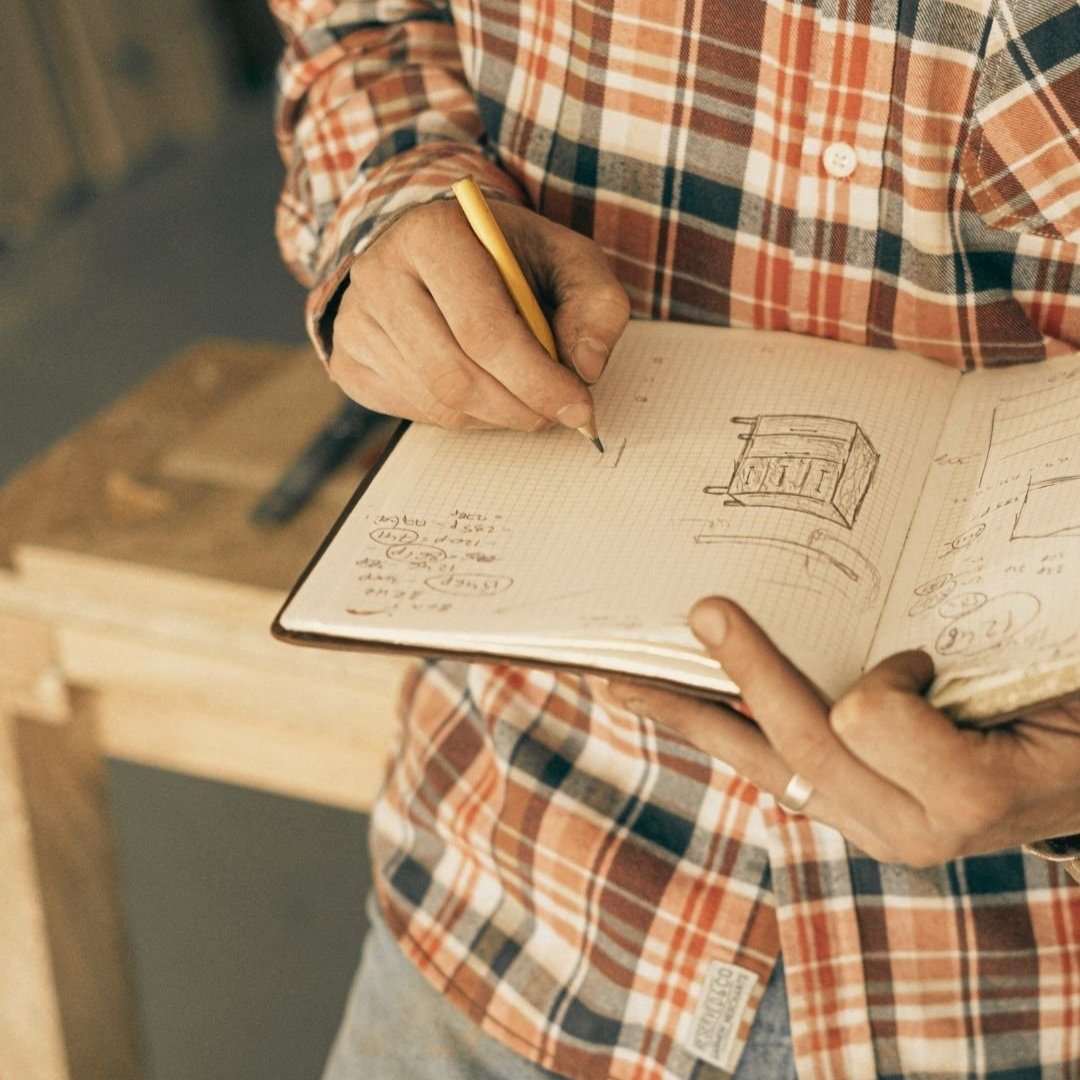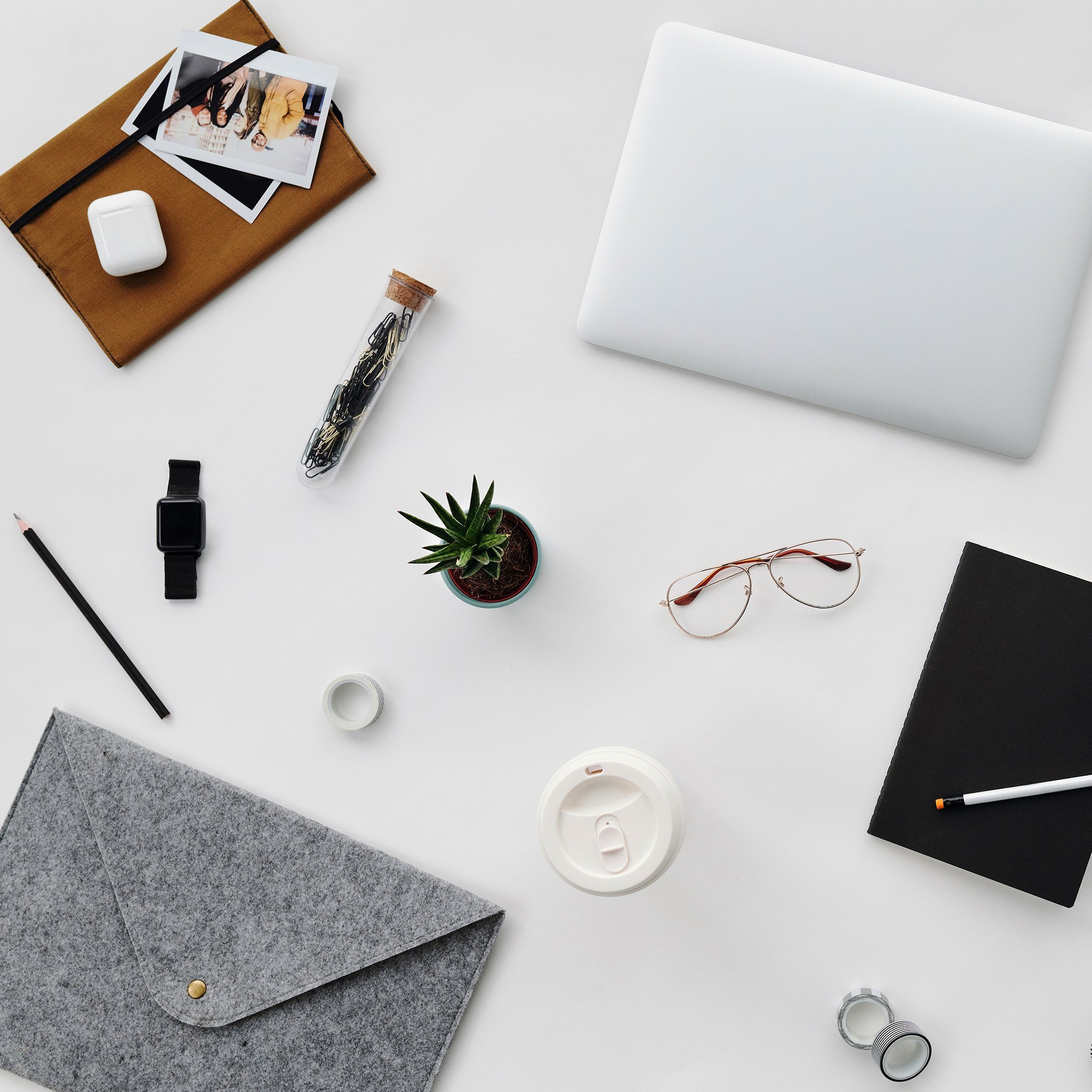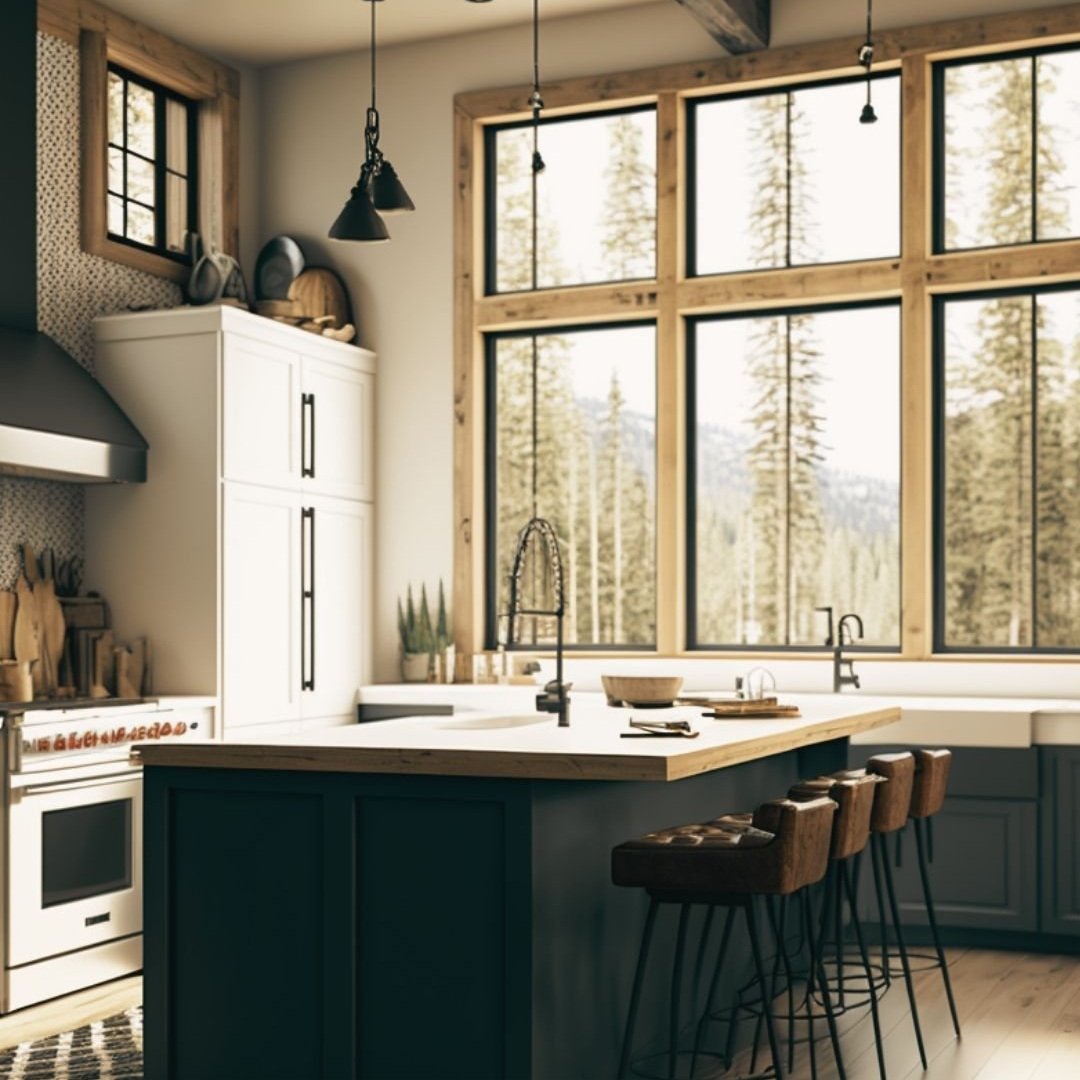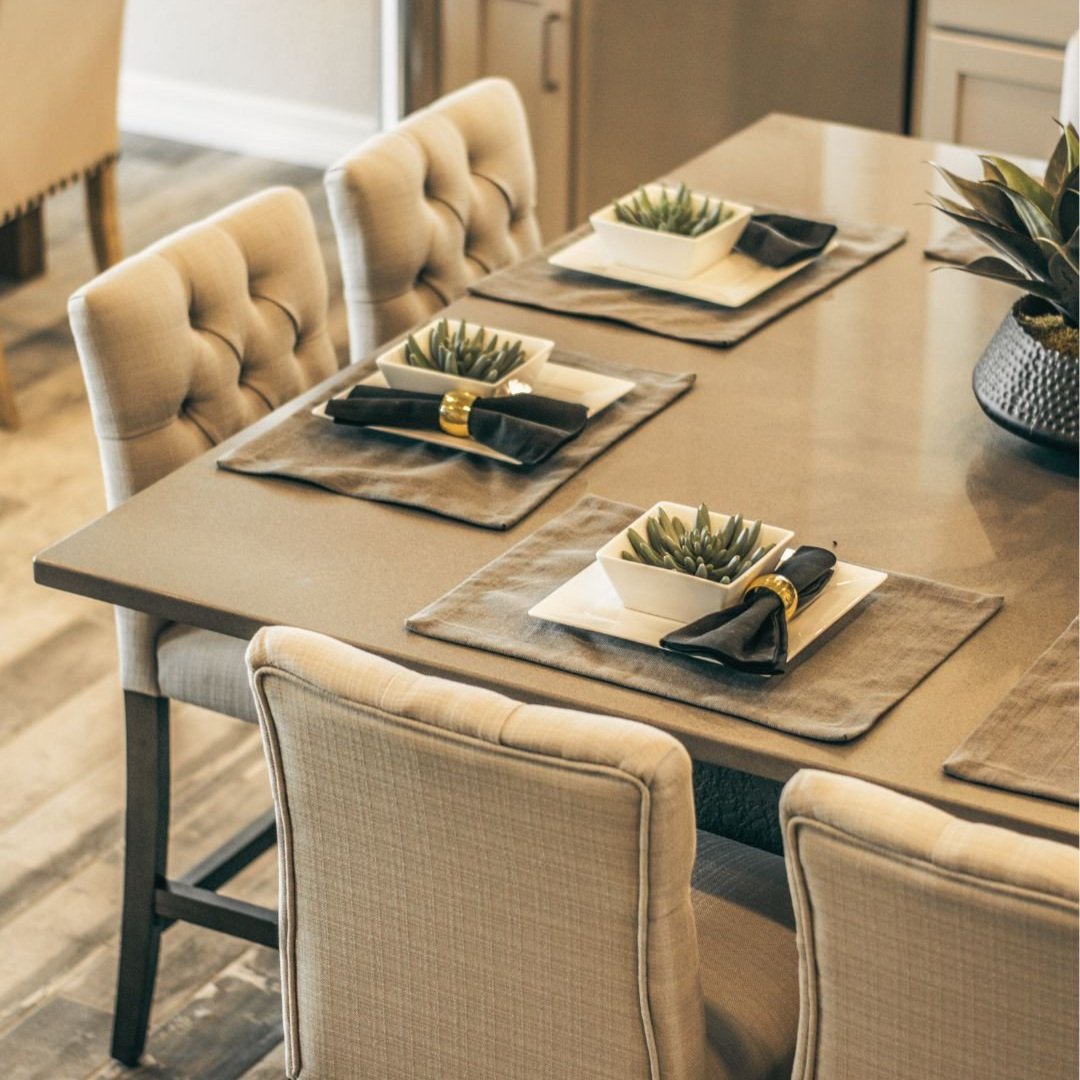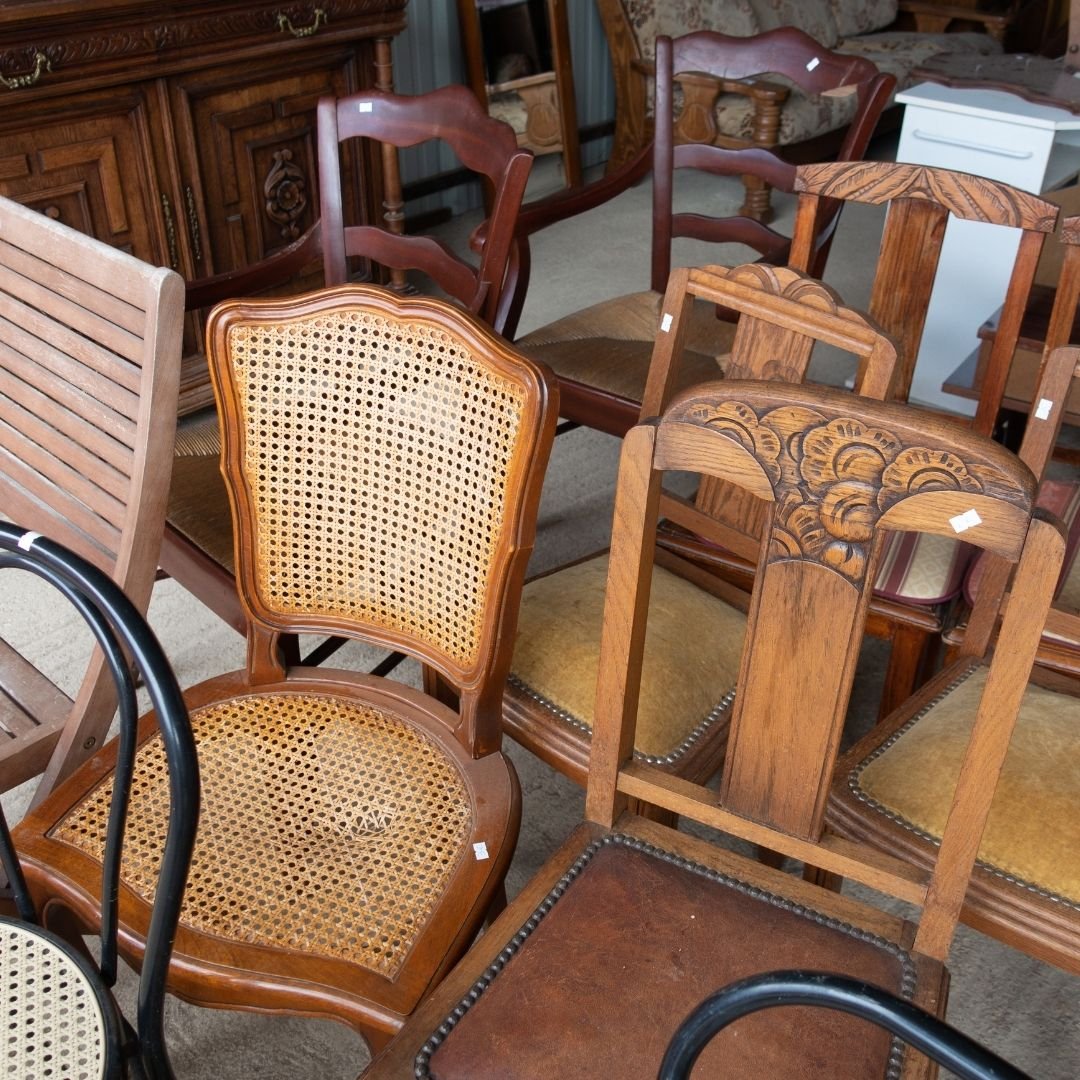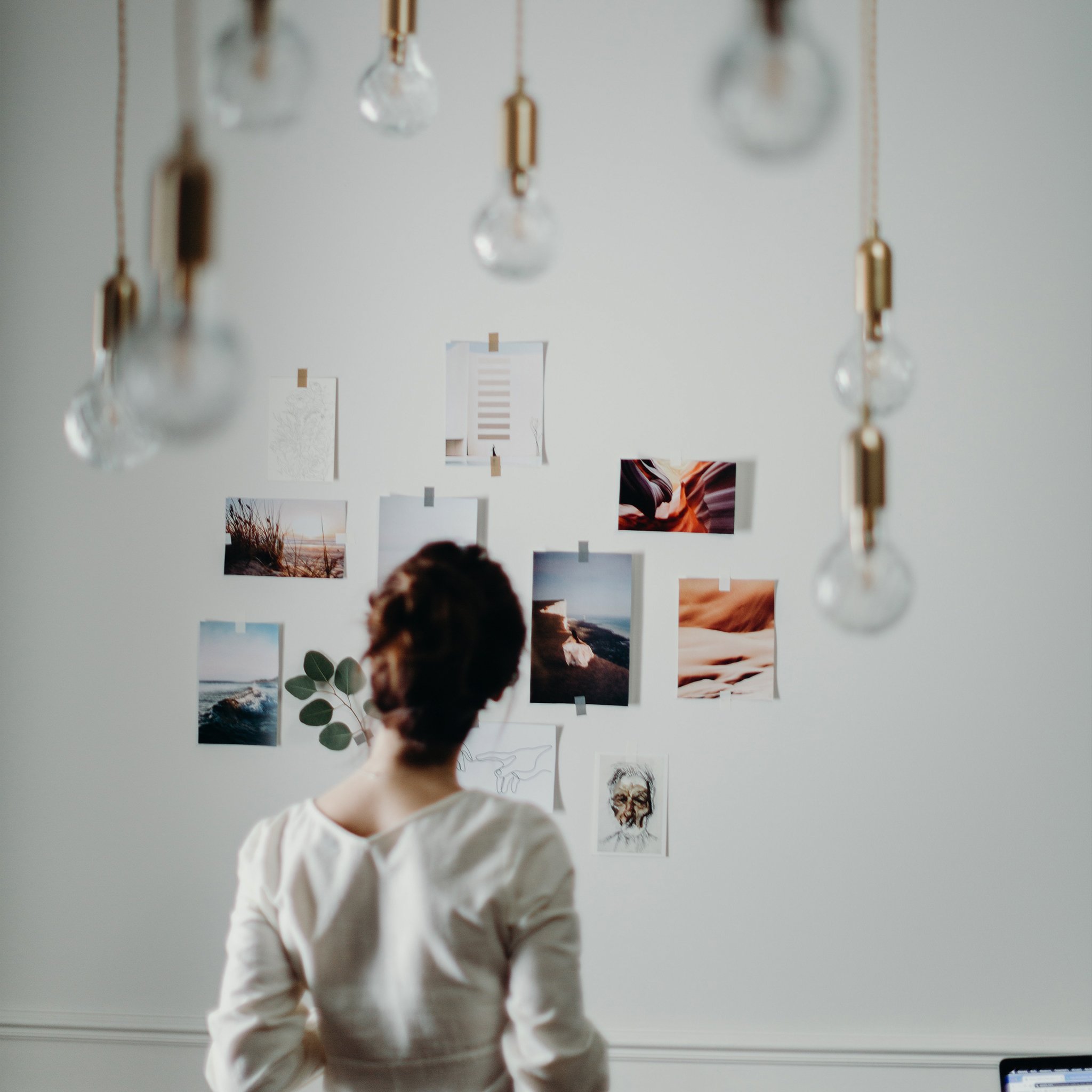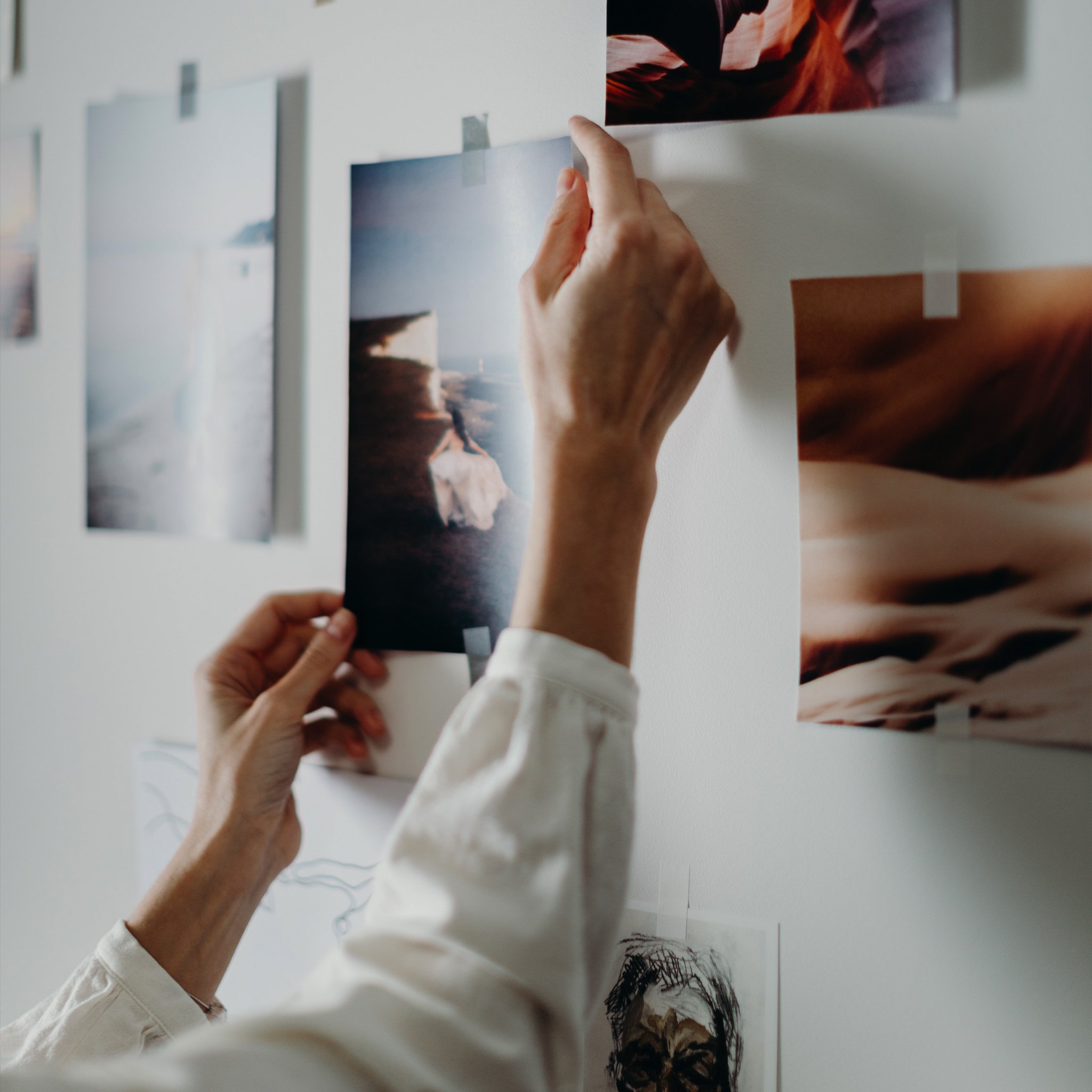Designer's Block? Seven Unexpected Places to Find Inspiration
/Feeling stuck creatively is often as much about being overwhelmed with options as it is about not knowing where to look. Sure, films, books, magazines, and social media are amazing sources of inspiration, but if you’re experiencing scroll fatigue, it might be time to shake things up a bit. Here are seven less typical sources that could spark that big "aha!" moment for your next interior design project. Let’s jump right in!
1. Flea Markets & Thrift Stores
These are settings where each item has that elusive character we all seek to infuse in our designs. Thrift stores and flea markets aren’t just shops, but a challenge to create cohesion out of chaos. Here, a 1920s velvet armchair (granted, it needs some reupholstering), a rustic wooden crate, or a stunning pair of retro wall sconces can serve as the starting point or an accent piece in your designs. It’s all about seeing the potential in the peculiar.
2. Traveling
Sure, we’d all like to be able to take a trip to another continent every time we needed an inspiration boost. There’s nothing quite like being immersed in a whole new setting, but did you know you can use Google Street View to explore the interiors of some spectacular sites, including the Taj Mahal in India or the Palace of Versailles in France?
3. Museums or Art Galleries
Whether it’s a vibrant painting, a profound sculpture, or even ancient hieroglyphics, these art forms can propel your design thinking forward. How does the color theory in a modernist painting work in a living space? What can the textures of a bronze sculpture bring to a tactile experience in a room? Use these elements as a springboard for your own creations.
4. Graphic Design
Why not let another design discipline inform your work? Graphic design, with its strong emphasis on balance, alignment, and color, can offer fresh perspectives. Explore how a minimalist logo can inspire a sleek, modernist space or how vintage typography could lend a retro feel to a cozy café. The principles of graphic design are versatile and can translate beautifully into spatial arrangements.
5. Fashion Shows
It’s no secret that fashion and interior design are intertwined, each influencing the other with trends, textures, and techniques. So look beyond the clothes in a fashion show (or in Vogue) and think about the stories the fabrics and styles can tell in a space. That swath of iridescent tulle? Picture it as a sheer curtain catching the light in a sunny room. The bold geometric patterns on a coat? Imagine that as a vibrant rug tying a room together. You may also find inspiration in the runway sets themselves!
6. Haute Cuisine Plates
Ever considered a chef’s plating in a Michelin-star restaurant as a muse for your design? The artistry involved in haute cuisine—from the color palette to the texture of ingredients—can provide unexpected creative cues. Don't know what color to pair with a black wall? How about a sprinkle of vibrant paprika?
7. Nature
There’s no better designer than Mother Nature, from the famous Golden Spiral to the patterns on a butterfly’s wings. But again, don’t just scroll…stroll! Whether you take a hike and practice forest bathing for an immersive experience, get totally mesmerized by the spotted fish at the aquarium, the windy pathways and flowers at a botanical garden, or the organic shapes at the Natural Science Museum, let nature’s beauty inspire you.
So, next time you feel like you’re in a creative design rut, stop what you’re doing, look away from your screen for a moment, and think about where you might like to visit for inspiration–whether you can get up and go somewhere or it’s back on your computer (but intentionally)! Remember that the world is full of weird and wonderful things that can transform a bland space into something spectacular. And you can connect with those endless possibilities when you slow down and switch gears. Who knows where your next great idea will come from? Happy exploring!
xx, Danae






















